AWS plans to be 'water positive' by 2030
A number of projects will seek to improve groundwater replenishment, efficiency, and overall sustainability
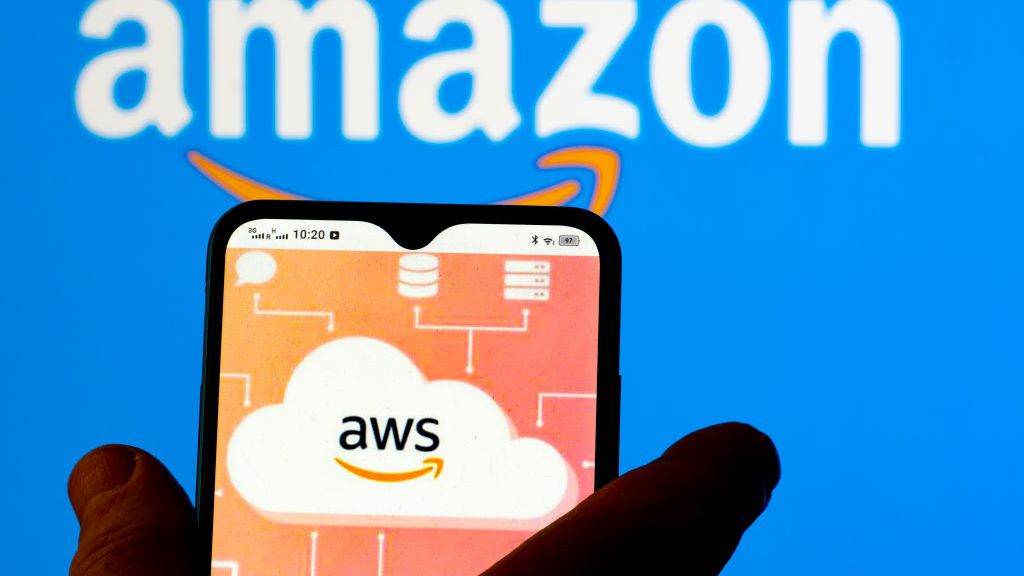

Amazon Web Services (AWS) has announced that by 2030, it will return more water to communities around the world than it uses in its direct operations.
To reach this goal, the cloud giant has focused on four strategic areas: increasing the efficiency of water usage, ensuring water comes from sustainable sources where possible, returning water to communities, and expanding water replenishment activities.
RELATED RESOURCE
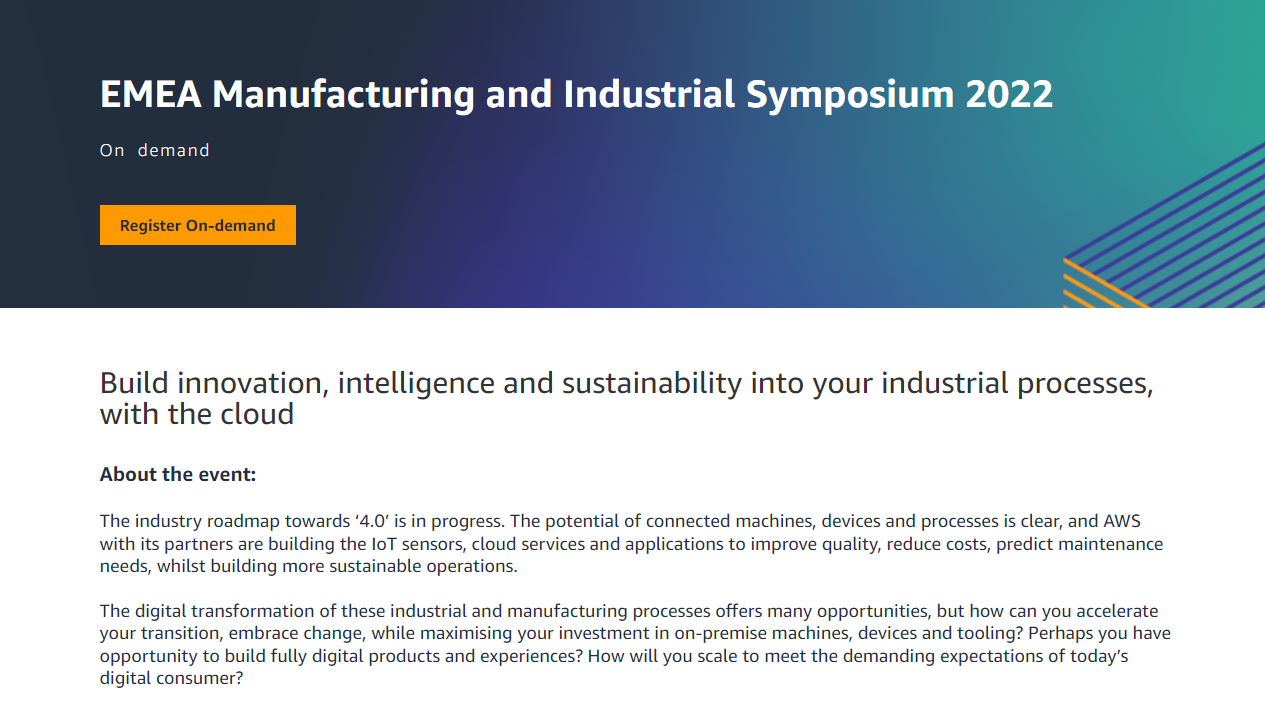
Build innovation, intelligence and sustainability into your industrial processes, with the cloud
EMEA Manufacturing & Industrial Symposium 2022
AWS said it has deployed Internet of Things (IoT) devices to analyse water usage in real time, and also uses outside air to cool centres where possible, such as its data centres in Ireland and Sweden that require no water for cooling for 95% of the year. Efficiency increases have the added benefit of reducing the costs of running data centres, which have been greatly exacerbated by the energy crisis.
AWS is also undertaking a number of projects to improve the replenishment of water in communities, to improve the quality of water tables, and increase the accessibility of clean water and sanitation in underserved communities. The firm will support nonprofit Water.org to expand water access to 250,000 people in India and Indonesia, in addition to its previous announcement of $10 million towards a Water.org fund aimed at helping 100 million people in Asia, Africa, and Latin America.
In the UK, AWS is to create two wetlands on a tributary of the River Thames, in collaboration with The Rivers Trust and Action for the River Kennet. It's hoped this will improve overall water quality in the area, and replenish its groundwater at a rate of more than 587 million litres per year.
“England’s rivers are a national treasure, and we are thrilled to partner with AWS to help protect the River Thames and its tributaries by working with our member trusts in the area,” said Mark Lloyd, CEO of The Rivers Trust.
“AWS’ commitment to be water positive by 2030 will drive action needed to help restore the rivers and water resources impacted by climate change. We are looking forward to growing our relationship with AWS and using this partnership to demonstrate a similar path other businesses can take to support collaborative water stewardship activities that improve the resilience of our rivers.”
Sign up today and you will receive a free copy of our Future Focus 2025 report - the leading guidance on AI, cybersecurity and other IT challenges as per 700+ senior executives
Where possible, the company has aimed to use water that is recyclable and only suitable for irrigation and industrial use, in order to conserve local drinking water and allow spent water to be passed on to other community members, such as farmers. Although recycled water is only used in 20 of its data centres worldwide, AWS plans to expand this in line with its water positive goal.
“Water scarcity is a major issue around the world and with today’s water positive announcement we are committing to do our part to help solve this rapidly growing challenge,” said Adam Selipsky, CEO of AWS.
“In just a few years half of the world’s population is projected to live in water-stressed areas, so to ensure all people have access to water, we all need to innovate new ways to help conserve and reuse this precious resource. While we are proud of the progress we have made, we know there is more we can do. We are committed to leading on water stewardship in our cloud operations, and returning more water than we use in the communities where we operate. We know this is the right thing to do for the environment and our customers.”
News of the goal was shared at AWS re:Invent, the firm’s annual conference held in Las Vegas. In the same announcement, AWS also revealed that its 2021 global water use efficiency (WUE) metric was 0.25 litres of water per kilowatt-hour (kWh). Going forward, AWS has committed to annual reports on its WUE, water reuse and recycling work, as well as new practices and updates to existing work in order to reduce overall water usage.
The WUE metric was developed by the nonprofit industry consortium The Green Grid, whose goal is to improve the sustainability of data centres, and is used to measure the amount of water consumed for functions such as cooling. A 2016 report by the US Department of Energy stated that the average WUE of a data centre is 1.8 litres per kWh, while a Microsoft Azure blog post from April 2022 stated that Azure’s global WUE average was 0.49 litres per kWh.
Sustainability has been identified by Gartner as the key strategic technology trend for 2023, and is increasingly being cited as a good investment against disruption by business leaders. As the climate crisis looms and businesses seek to shield themselves from long-term economic hardship, sustainability projects are becoming increasingly core to business strategy, as well as a major focus of younger workers seeking purpose in their roles.

Rory Bathgate is Features and Multimedia Editor at ITPro, overseeing all in-depth content and case studies. He can also be found co-hosting the ITPro Podcast with Jane McCallion, swapping a keyboard for a microphone to discuss the latest learnings with thought leaders from across the tech sector.
In his free time, Rory enjoys photography, video editing, and good science fiction. After graduating from the University of Kent with a BA in English and American Literature, Rory undertook an MA in Eighteenth-Century Studies at King’s College London. He joined ITPro in 2022 as a graduate, following four years in student journalism. You can contact Rory at rory.bathgate@futurenet.com or on LinkedIn.
-
 TPUs: Google's home advantage
TPUs: Google's home advantageITPro Podcast How does TPU v7 stack up against Nvidia's latest chips – and can Google scale AI using only its own supply?
-
 Microsoft Excel is still alive and kicking at 40
Microsoft Excel is still alive and kicking at 40News A recent survey found Gen Z and Millennial finance professionals have a strong “emotional attachment” to Microsoft Excel
-
 From underground bunkers to 'data spas' and the 'floating cloud', Lenovo is getting creative with future data center ideas
From underground bunkers to 'data spas' and the 'floating cloud', Lenovo is getting creative with future data center ideasNews Lenovo might have its head in the clouds with some ideas, but other radical solutions are already in operation
-
 AWS targets cloud resilience and AI networking gains with new 'Fastnet' subsea cable
AWS targets cloud resilience and AI networking gains with new 'Fastnet' subsea cableNews Fastnet is set for deployment in 2028 and will link Maryland and County Cork with a line offering more than 320 terabits per second
-
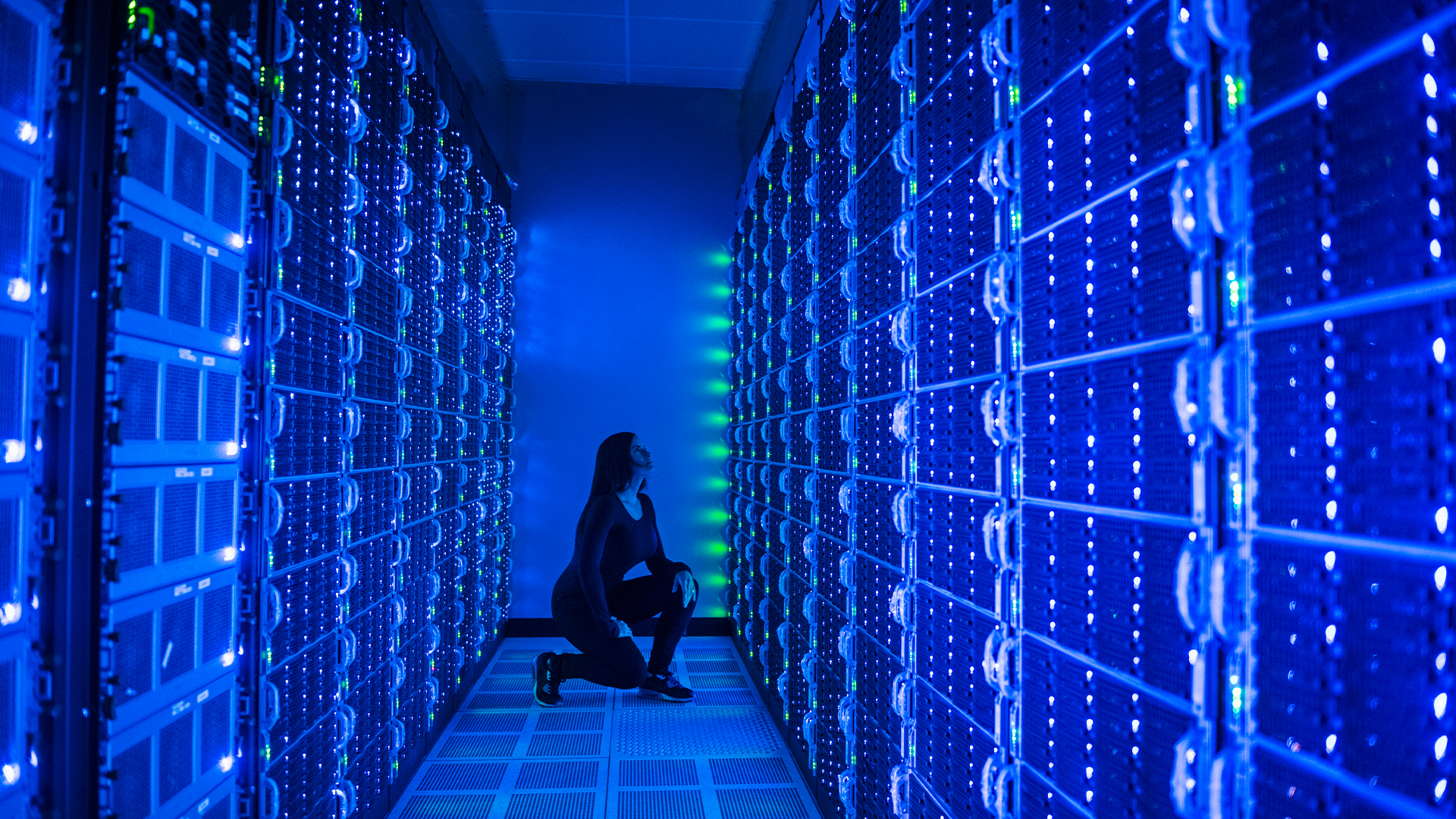 Majority of English data centers use less water than a 'typical leisure center' as operators embrace new cooling methods
Majority of English data centers use less water than a 'typical leisure center' as operators embrace new cooling methodsNews England’s data centers are surprisingly efficient when it comes to water consumption
-
 Microsoft's plan to use human waste to offset AI emissions stinks of greenwashing
Microsoft's plan to use human waste to offset AI emissions stinks of greenwashingOpinion Hyperscalers are getting increasingly gimmicky when it comes to sustainability
-
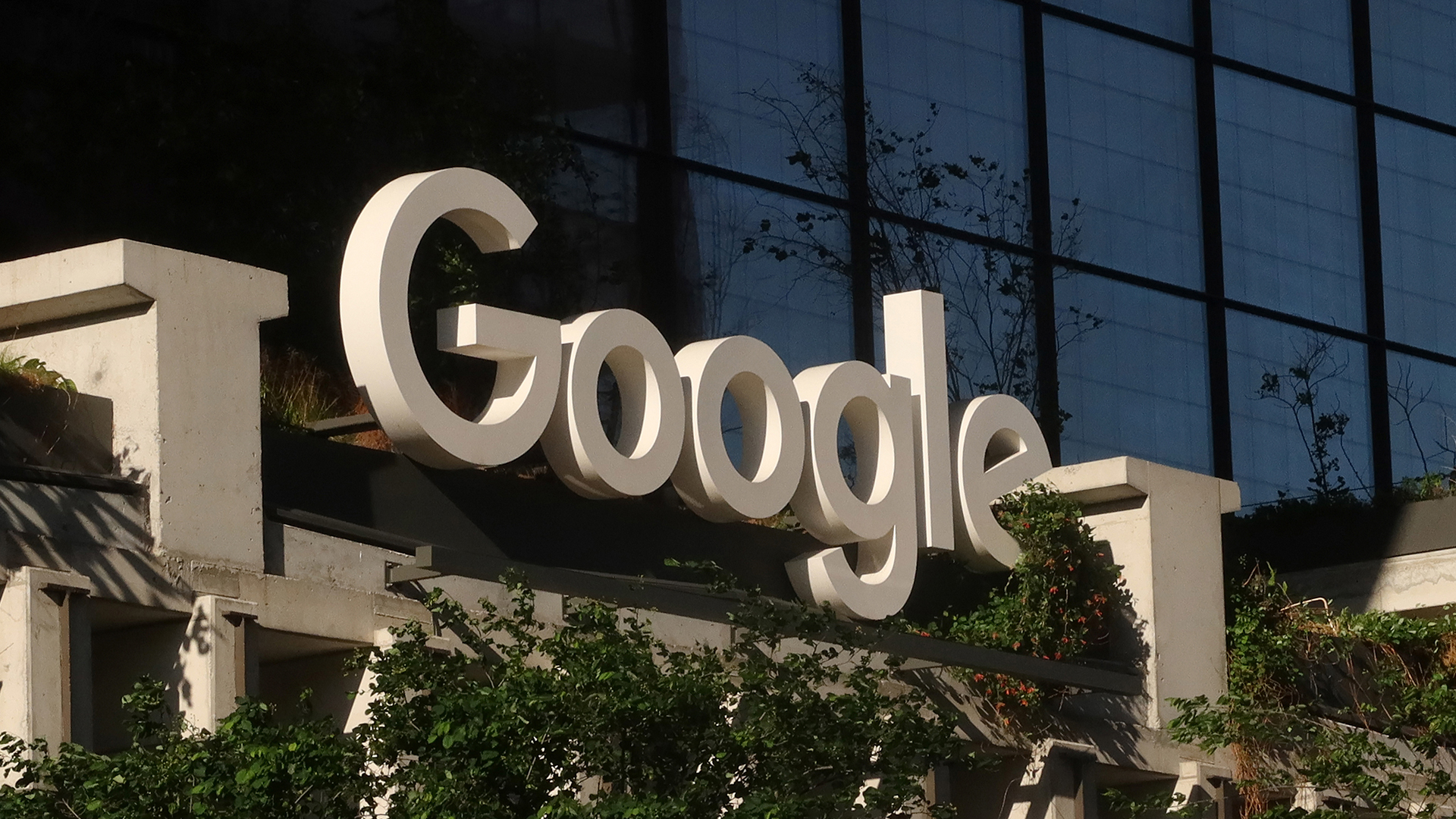 Google emissions have surged 51% in five years – but it’s making solid progress in data center efficiency
Google emissions have surged 51% in five years – but it’s making solid progress in data center efficiencyNews While overall carbon emissions have increased significantly, the company is making solid progress in bolstering data center energy efficiency.
-
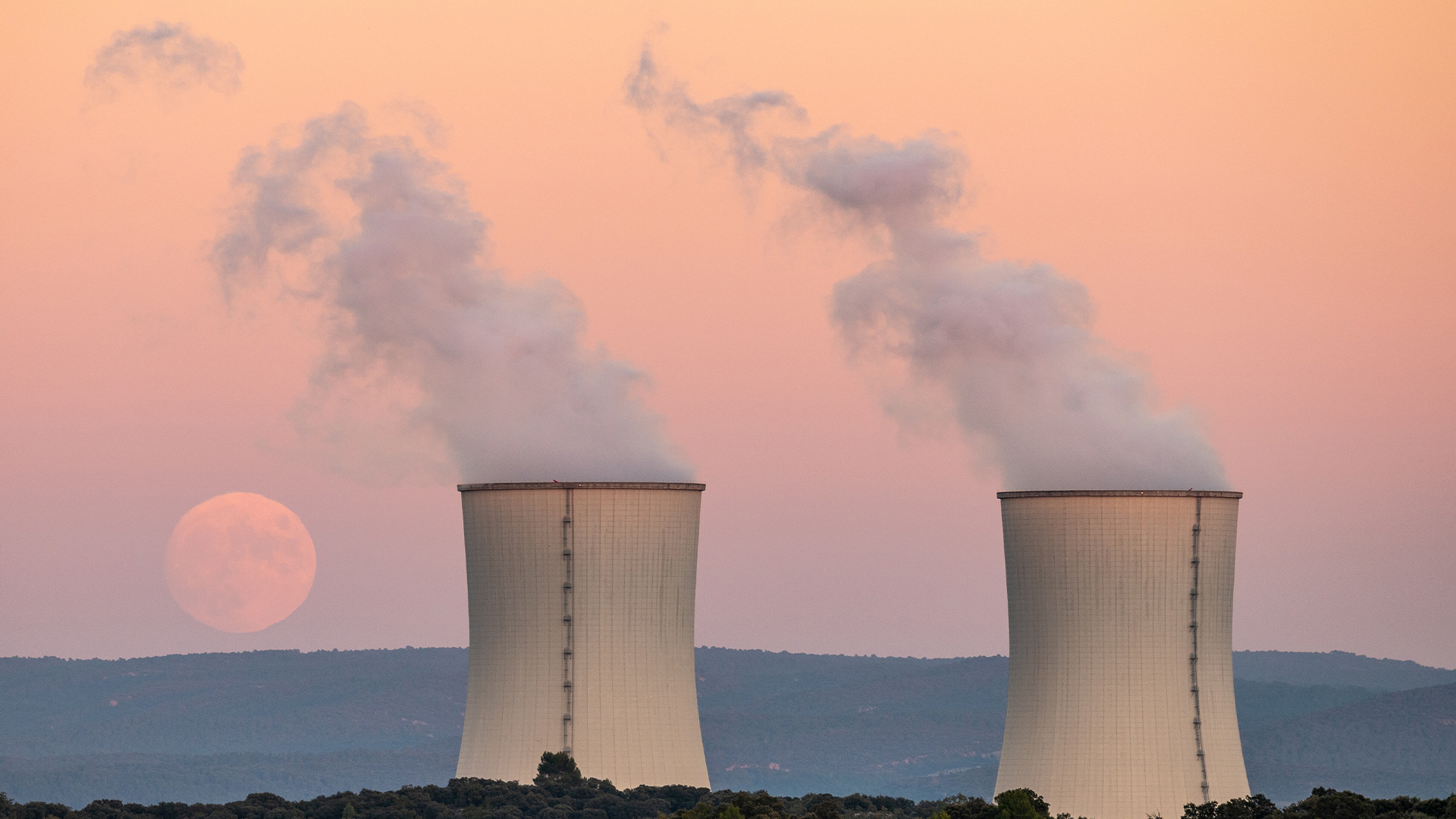 AI will chew through the same amount of energy as Japan by 2030
AI will chew through the same amount of energy as Japan by 2030News The energy demand of AI data centers will top that of Japan by the end of the decade, new research shows – and that’s providing that energy grids can even keep up.
-
 Enterprises face delicate balancing act with data center sustainability goals
Enterprises face delicate balancing act with data center sustainability goalsNews High energy consumption, raw material requirements, and physical space constraints are holding back data center sustainability efforts, according to new research from Seagate.
-
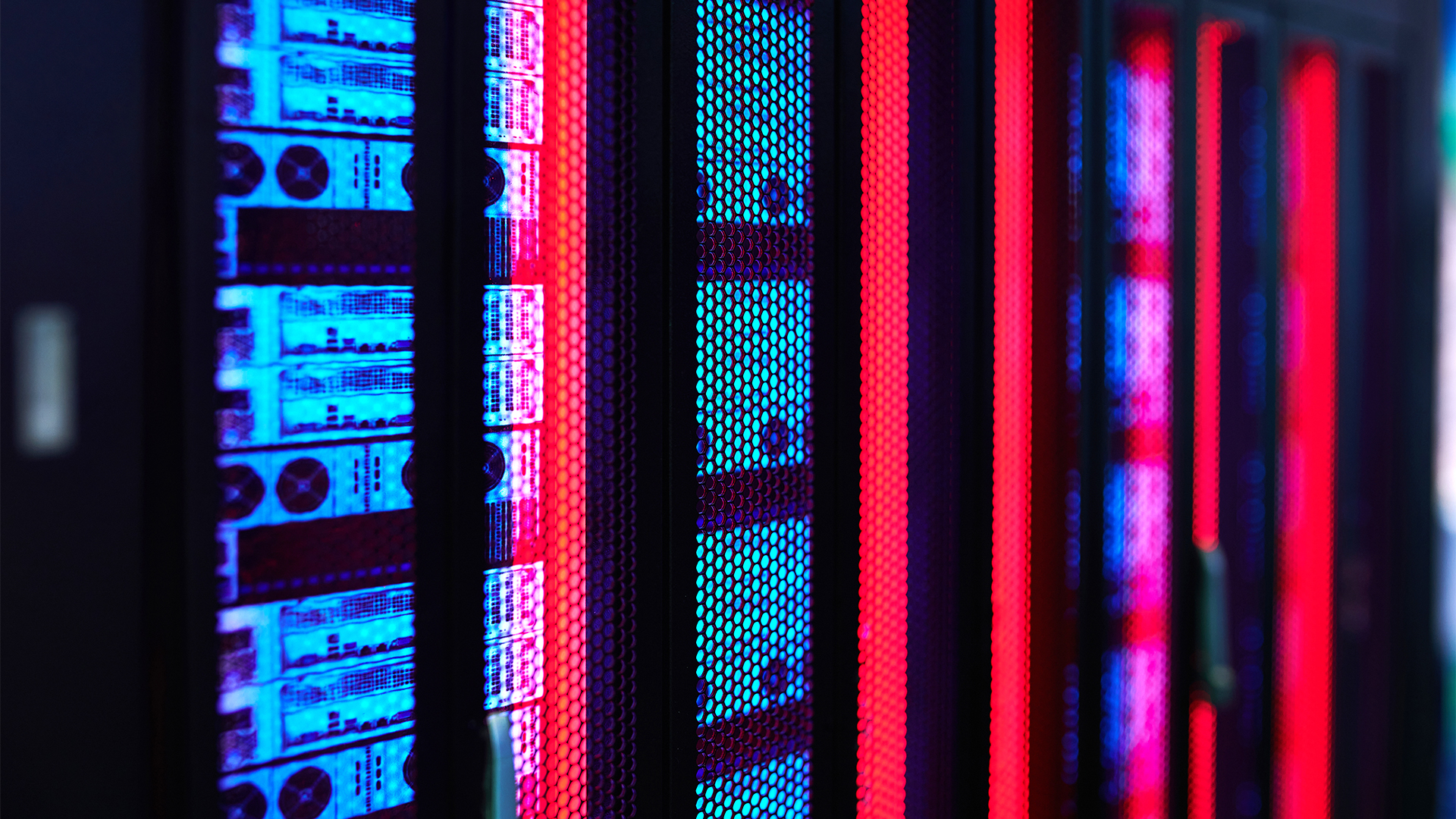 Tech giants called in to help tackle UK’s AI energy concerns
Tech giants called in to help tackle UK’s AI energy concernsNews The UK government is holding talks with Microsoft, ARM, Google, and Amazon in the first meeting of the new AI Energy Council.